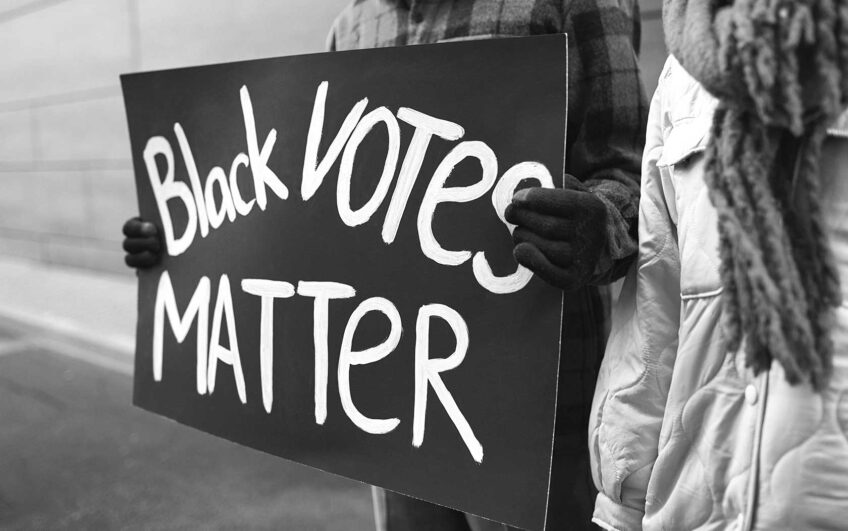A new Pew study looks at diversity across news beats in the U.S. The data comes from a 2022 survey of 12,000 journalists and finds that, like the newsrooms they work in, an overwhelming majority of the reporters covering major beats in the country are white and male.
Those beats include energy and the environment (84% white) and sports (82% white). Social policy, along with education and health, are more likely to be covered by reporters of color or women, though only slightly, according to the study.
“What we wanted to do here was to provide some really important data to create conversations around who was covering certain beats,” says researcher Jeffrey Gottfried, who helped author the study.
He adds the figures are in line with findings from last year that found 77% of all workers in U.S. newsrooms are white, far behind the overall workforce in the country, where workers of color account for about 40% of the total, according to the Bureau of Labor Statistics.
Among the 12,000 journalists included in the survey, only 6% identified as Black, 8% as Hispanic and 3% as Asian. Sixteen percent identified as working in newsrooms targeting specific demographic groups.
Low wages and the lack of clear pathways to entrance in the media profession for young people of color are some of the reasons behind the figures.
“It’s difficult to figure out how these numbers square with the ethnic media sector, since the overwhelming majority of ethnic media newsrooms employ people of color who are culturally and linguistically fluent with the audience they serve,” says EMS Executive Director Sandy Close. “If anything, the study underscores why ethnic media play such an indispensable role in the news media landscape — to report on and reflect the lives of those communities underserved by the general market media.”
With the explosion of social media and the increased fragmentation of today’s media landscape, trying to figure out who qualifies as a journalist can be a slippery question.
To answer it, Gottfried and his team cast a wide net to include “anyone working to create, edit, and report original news content.” That definition, notes Gottfried, allowed the researchers to gather data from a large swath of the sector, offering as broad a lens as possible on the current state of diversity within the media profession today.
While a majority of journalists reported that diversity is lacking in their newsroom, less than half said it was considered a priority, while conversations around diversity and inclusion were more likely to happen among journalists of color and younger journalists working in the profession.
Gottfried also noted the “overrepresentation” of journalists included in the survey who tended to be clustered in major metropolitan areas like New York, Los Angeles and Washington D.C.
The data comes as trust in media has fallen to record lows, according to a report released by Gallup and the Knight Foundation in February that found half of Americans believe the news industry intentionally misleads.
It also comes as hate crimes targeting ethnic, religious and sexual minorities is on the rise, calling into question the media’s ability to effectively cover issues impacting communities far removed from the newsrooms ostensibly meant to serve them.
“In the wake of the Black Lives Matter movement and during the pandemic, there was an upheaval across many major newsrooms around diversity issues,” says EMS Co-Director Julian Do, pointing to outlets including the New York Times and the LA Times, which recently hired its second African American executive editor, Kevin Merida.
“There may be some minorities now in management positions, but there is still a ways to go when it comes to story and beat assignments.”
Ethnic Media Services






